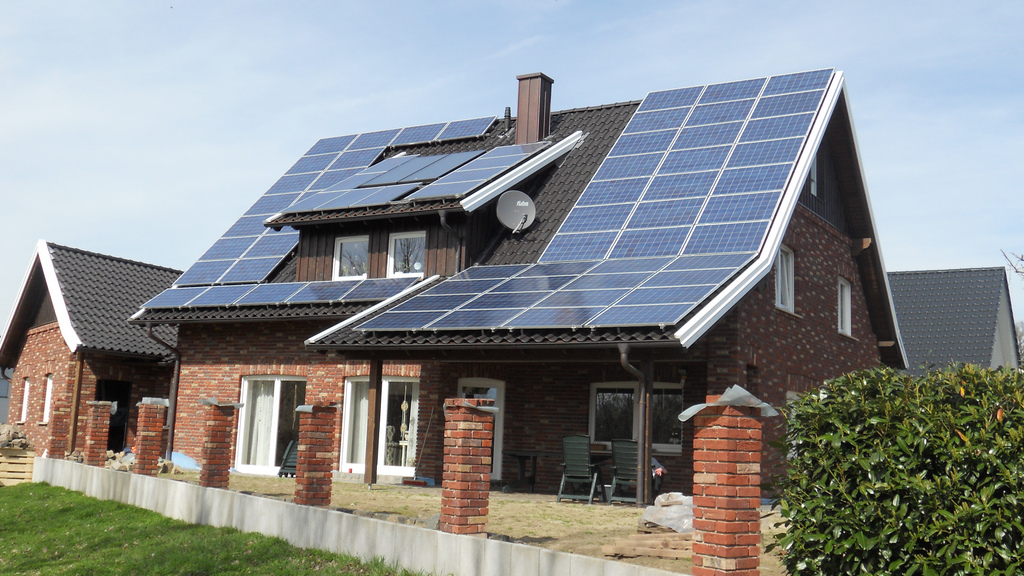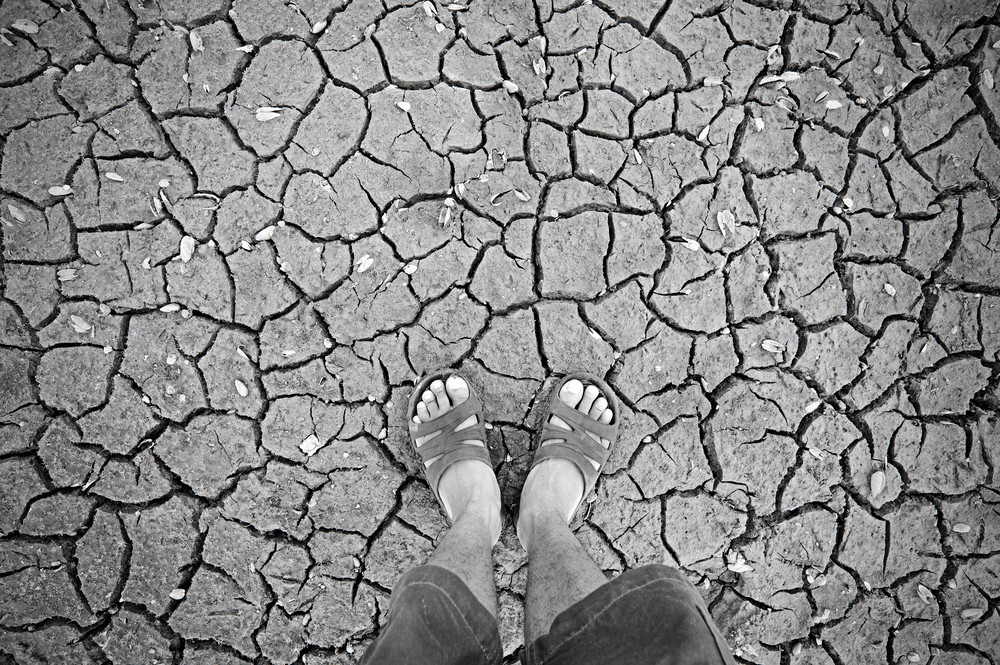As Grist reported earlier this week, the USDA released a massive report on climate change and U.S. agriculture. The report may represent the agency’s most decisive move to force farmers to face reality. The short version: Climate change is real, it’s here to stay, and farmers need to start adapting before the biggest effects hit.
And while this may not come as news to Grist readers, it’s worth highlighting the significance of this report. Big farm lobbying groups have been some of the most vocal critics of government action to address climate change, as well as of the very idea of anthropogenic (i.e. human-caused) climate change. A 2011 survey of Iowa farmers [PDF] found that while 68 percent believed the climate was changing, only 10 percent agree that it’s caused primarily by human-caused greenhouse gas emissions. Many an article on the extreme weather in farm country contain quotes like this one from American Farm Bureau President Bob Stallman:
“We are used to dealing with extreme weather variation,” he says, pointing out that his Texas farm has seen 20 inches of rain in a single day, in the middle of a drought. “We’ve learned to roll with those extremes. If it gets a little more extreme down the road, we can deal with it.”
The USDA would like you to look at a picture, Mr. Stallman.*

That’s what will happen to summer temperatures by the end of the century if we don’t cut greenhouse gas emissions. Note that farm country will get hit particularly hard — average temps will rise by about 10 degrees F. When you combine that with the increase in extreme weather events that the USDA assures farmers are baked in to the climate cake at this point, it becomes harder and harder to assume you can just “roll with it.” So sayeth the USDA:
Given the projected effects of climate change, some U.S. agricultural systems will have to undergo more transformative changes to remain productive and profitable.
Exhibit A: the ongoing Midwestern drought. That qualifies as some pretty extreme weather. How did farmers roll with it? For many, it was by plowing under failed crops and filing insurance claims — costing taxpayers around $16 billion (and rising). But relying on heavily government-subsidized insurance to bail out farmers year after year isn’t feasible.
And while Congress isn’t helping matters much with its desire to expand farm policies that reinforce the climate-unfriendly status quo, its old-school approach isn’t too surprising. In fact, the USDA report makes an explicit nod towards climate denial among farmers as one of the main obstacles to building a more climate-friendly agriculture. As the report states:
Social adaptation barriers represent a significant challenge to climate change adaptation in U.S. agriculture. The perception of the need for adaptation is influenced by access to finance, political norms and values, and culture and religious ideologies.
In other words, many farmers don’t see climate change as a problem and thus aren’t amenable to changing how and what they farm. In fact, another troubling result from the Iowa farm survey found nearly half of Iowa farmers believe that crop insurance should be the main tool to aid farmers in a changing climate. And their hostility to government attempts to regulate greenhouse gas emissions remains as high as ever — only a third support the idea (another third are uncertain on greenhouse gas regulation). And these farmers’ top choice for their own “adaptation” strategy — that biotechnology companies will provide climate-proof seeds. Unfortunately, there’s little evidence that Monsanto and its ilk can deliver.
Presuming farmers can be convinced or otherwise incentivized to adapt more aggressively, the USDA report doesn’t actually provide much of a blueprint. Interestingly, the existing programs the report highlights as most climate friendly (especially in terms of soil and water conservation) are also the ones that Congress seems most intent on cutting, i.e. the federal agricultural conservation programs.
And while the report makes a nod toward the potential for technology to provide seeds and pesticides adapted to facing a more hostile climate, it also suggests that the expansion of sustainable agricultural techniques (crop rotations, biological diversification, building soil health, and so on) are key.
The report also points out some less discussed risks to agriculture from rising temperatures. Many crops have what are known as “plant chilling requirements.” If winters get too warm, plants stop flowering, even if the growing season itself isn’t too hot or dry yet. The USDA cites evidence that California winters may become too warm for fruit and nut growing as soon as the middle of this century. Uh oh?
But perhaps the biggest climate gotcha in the report is the suggestion that a warming climate could spell doom for industrial agriculture’s reliance on livestock factory farms, aka CAFOs. It turns out that as the climate warms it’s going to get harder and harder to keep these massive facilities full of animals cool enough. And if farmers have to spend a fortune air conditioning their barns during brutal summers, CAFOs may soon become uneconomical.
The USDA wants farmers to know it’s time to get real on climate. The question now is if they’ll listen.
*AFB officials did not respond to my request for a comment on the USDA report.




